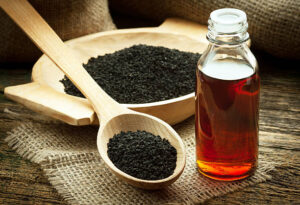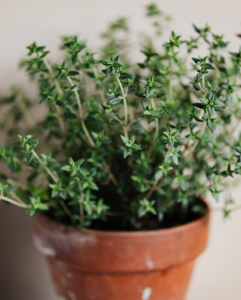Seed bombs, also known as seed balls or earth balls, are small spheres of clay and seeds that are designed to be easily scattered to restore or enhance ecosystems. They, thus offer a simple and effective method for reseeding areas with vegetation. This is particularly true in areas where traditional planting methods may be impractical or challenging.
History of Seed Bombs
The concept of seed bombs traces back to ancient civilizations such as the Japanese and Native Americans. They utilized similar techniques for agricultural purposes. In the 20th century, the Japanese farmer and philosopher Masanobu Fukuoka popularized them as a part of his natural farming practices. He advocated for a simple and more sustainable approach to agriculture.
How Seed Bombs Work

Seed bombs encapsulate seeds within a mixture of clay, compost, and sometimes other additives such as fertilizers or microbial inoculants. The clay acts as a protective casing which shields the seeds from harsh environmental conditions such as wind, rain, and predation. The compost provides nutrients to support seed germination and early plant growth.
When they are dispersed onto bare or degraded soil, they gradually break down due to moisture and temperature fluctuations. As the clay dissolves, it releases the seeds into the soil where they can germinate and establish themselves as new vegetation.
Do Seed Bombs Work?
The effectiveness of seed bombs depends on various factors. This includes seed viability, environmental conditions, and site preparation. They can be an effective tool for restoring native vegetation when used correctly. It can help enhance biodiversity and prevent soil erosion.
However, it’s essential to recognize that these are not a one-size-fits-all solution. They are most effective in areas with minimal competition from invasive species and adequate moisture levels as well as sufficient sunlight. Additionally, it might require additional monitoring and maintenance.
Are Seed Bombs Effective?
Research on the effectiveness of seed bombs has yielded mixed results. Some outcomes are influenced by factors such as seed quality, dispersal method, and post-dispersal management. Some studies demonstrate the successful establishment of vegetation from them while others have highlighted challenges such as low germination rates and limited seed dispersal distances.
As a result, to maximize their effectiveness, it’s crucial to select appropriate seed species for the target habitat. It also requires the site to reduce competition from weeds and monitor the progress of vegetation establishment over time. Community engagement and participation can also enhance the success of seed bomb projects by fostering a sense of ownership and stewardship among participants.
When to Plant Seed Bombs

The optimal timing for planting seed bombs varies depending on the climate, local growing season, and target species. In temperate regions, spring and fall are typically the best seasons for seed bomb deployment, as they coincide with periods of increased rainfall and moderate temperatures conducive to seed germination and plant growth.
Before planting them, it’s essential to assess the site conditions, including soil quality, moisture levels, and sunlight exposure. One must avoid dispersing them during periods of extreme weather, such as droughts or heavy rainfall as it may impact germination negatively.
Conclusion
In conclusion, seed bombs offer a creative and environmentally friendly approach to ecosystem restoration and conservation. While they are not without challenges, their potential benefits in terms of biodiversity conservation make them a valuable tool in the arsenal of conservationists and environmental enthusiasts alike.





